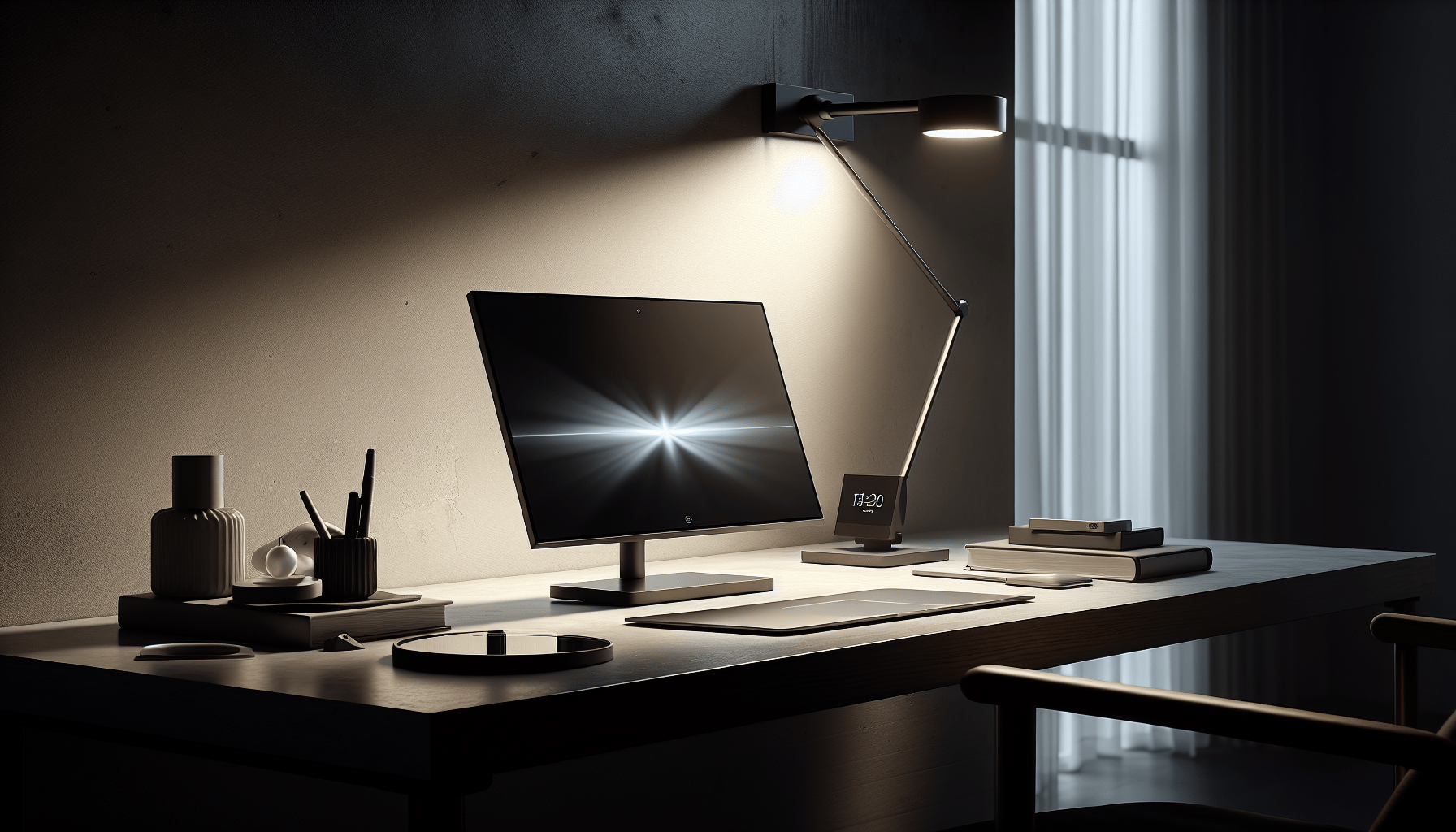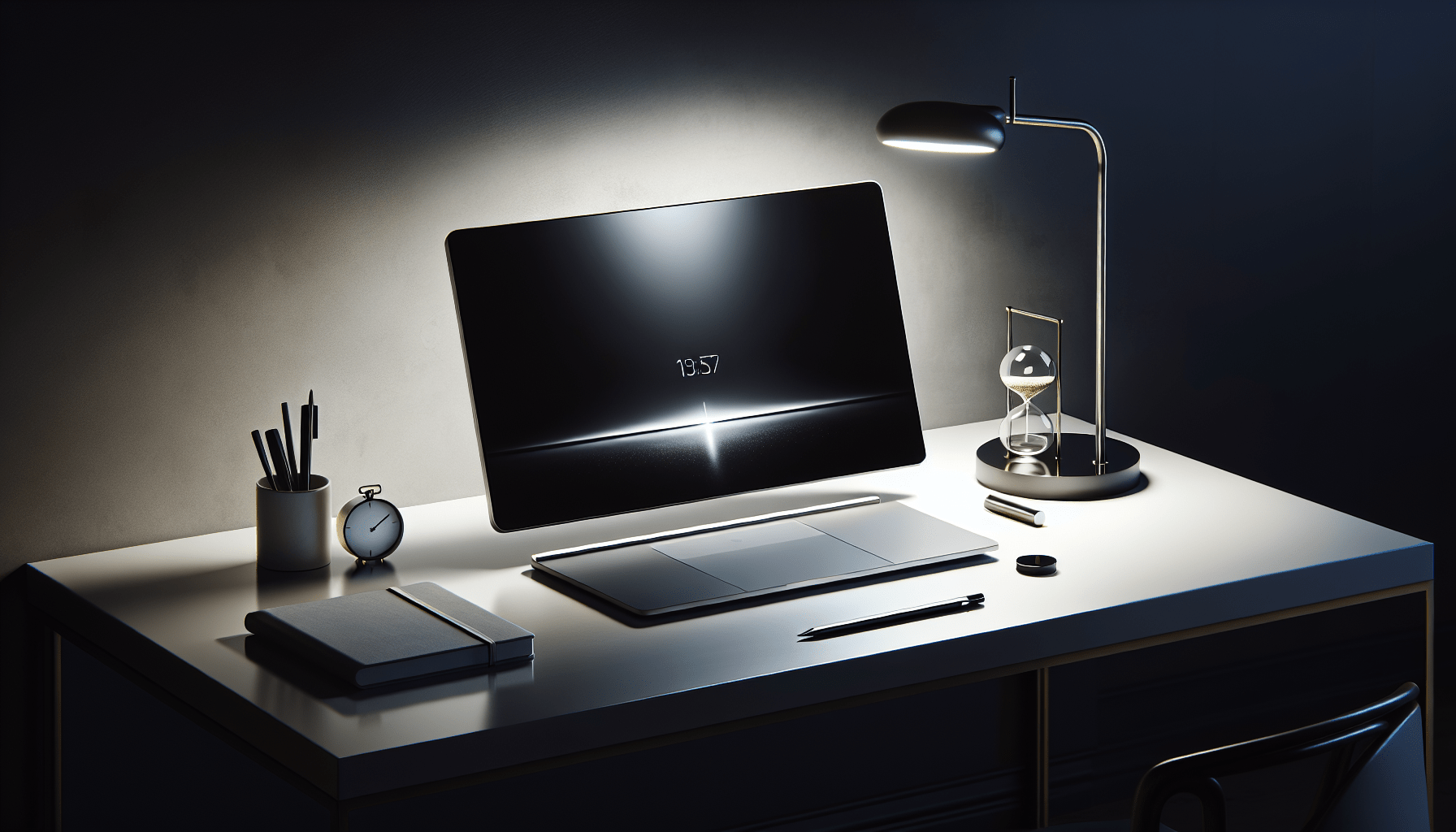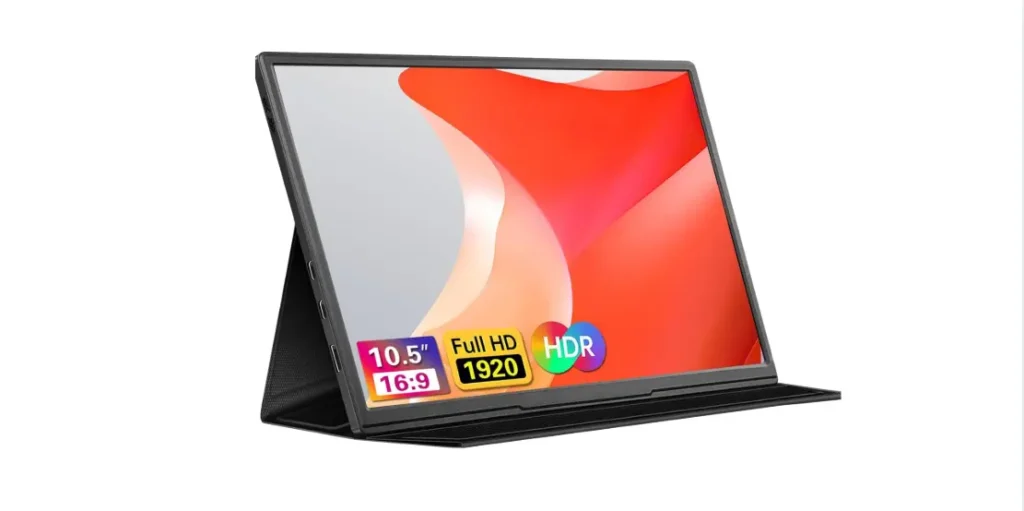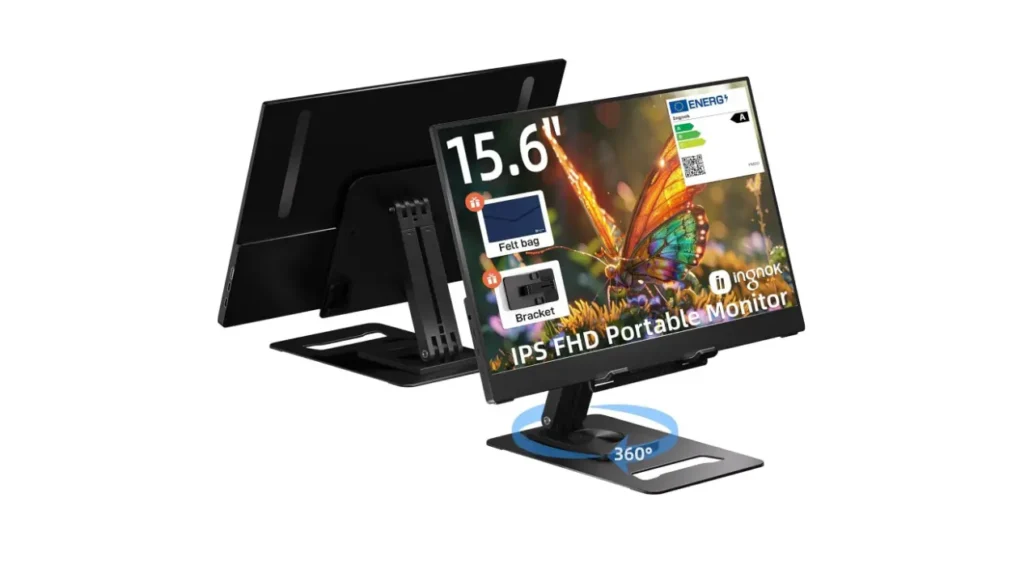Have you ever found yourself in a situation where you’re juggling between multiple devices, wishing you had another screen to ease your workflow? I know the feeling, and let me tell you, a wireless portable monitor could be the perfect solution. Imagine having an additional screen that you can carry around, no cables required, just pure liberation. Sounds dreamy, doesn’t it?
When we talk about a wireless portable monitor setup, the prospect of having a multi-screen setup without the tangle of cables seems almost magical. But don’t worry, setting it up isn’t as perplexing as you might think. In fact, it’s quite manageable—and I’m here to help guide you through the entire process using tables and lists to keep things clear and simple.

What is a Wireless Portable Monitor?
Before diving into the setup, let’s explore what a wireless portable monitor really is. A wireless portable monitor is essentially a second screen that doesn’t need cables for connection. It connects to your devices wirelessly, providing you with extended display capabilities minus the clutter of wires. They come in handy for presentations, gaming, or simply making your work-from-anywhere setup more efficient and, dare I say, more stylish.
Key Features of Wireless Portable Monitors
Let’s break down some of the key features you can expect from these nifty gadgets. I find that when choosing a wireless portable monitor, being aware of the features helps in making an informed decision.
| Feature | Description |
|---|---|
| Portability | Lightweight and easy to carry, making it perfect for travel and meetings. |
| Wireless Connectivity | Connects to your devices using Bluetooth or Wi-Fi. |
| Battery Life | Many come with rechargeable batteries to enhance mobility. |
| Resolution | Options from Full HD to 4K, depending on your needs. |
| Compatibility | Works with smartphones, tablets, laptops, and sometimes even gaming consoles. |
Why You Might Need One
The question I often get is: why do I need a wireless portable monitor? Well, picture this—you’re on a business trip, and your hotel desk is a mess of cables, papers, and your singular laptop on which you’re trying to manage a dozen applications simultaneously. With a portable monitor, you could have your emails on one screen and your data on another, effortlessly streamlining your tasks.
Advantages Over Traditional Monitors
How is a wireless portable monitor superior to traditional monitors? For a start, it’s all about the convenience and flexibility.
- Mobility: Take your workspace anywhere. It’s perfect for those who travel often.
- Space-saving: No need for bulky stands and dedicated desks.
- Clutter-free: Say goodbye to cables strewn all over your workspace.
- Easy Setup: With wireless connection, setting up is usually plug-and-play (or rather connect-and-play).

Setting Up Your Wireless Portable Monitor
Now that I’ve hopefully piqued your interest, let’s jump into how you can set up a wireless portable monitor. I promise it’s easier than assembling flat-pack furniture, and less likely to end with you questioning the laws of physics.
Check Compatibility
Before you even think of purchasing one, check for compatibility. That’s the unglamorous, yet essential part. Different monitors have different connectivity options and supported devices.
| Device Type | Common Connectivity Options |
|---|---|
| Laptop | Bluetooth, Wi-Fi |
| Smartphone | Miracast, Wi-Fi |
| Tablet | AirPlay, Wi-Fi |
| Game Console | Wi-Fi Direct, Proprietary Apps |
Unbox and Power Up
Once your brand new monitor arrives, it’s unboxing time! Carefully remove it from its packaging, and give the manual a glance—because sometimes the key to your tech happiness lies in those little booklets. Charge the monitor fully before the first use to ensure the battery life is optimized.
Connect Wirelessly
Connecting wirelessly is akin to pairing a new Bluetooth speaker. You’ll want to follow these general steps—specific ones may vary depending on the brand and model of your monitor.
-
Power On: Turn on your portable monitor and ensure it’s in pairing mode. This might require pressing a specific button or selecting an option from the monitor’s menu.
-
Open Settings: On your laptop, smartphone, or tablet, open the settings menu and navigate to the display or connectivity options.
-
Connect Device: Under wireless display options, look for your monitor’s name and select it.
-
Adjust Settings: Once connected, you can adjust screen resolution, orientation, and layout to suit your preferences.
Troubleshooting Common Issues
Sometimes things don’t go as planned, but that doesn’t mean all hope is lost. Here are a few common issues and how you might resolve them:
- Connectivity Issues: Ensure both devices are on the same network. A common pitfall is being connected to different Wi-Fi networks.
- No Sound: Go to your device’s audio settings and ensure sound output is directed to the wireless display.
- Display Quality: If the picture quality isn’t up to your standards, tweak the resolution settings in your display settings.
Maintaining Your Wireless Portable Monitor
Once you’ve got your monitor up and running, taking care of it ensures it remains in optimal condition and serves you well beyond its expected shelf life.
Cleaning and Handling
I can’t emphasize enough the importance of cleaning your monitor correctly. No one likes a smudged screen, after all.
- Use a microfiber cloth to avoid scratching the screen.
- Avoid spraying liquids directly onto the screen. Instead, lightly dampen the cloth.
- Keep the monitor in a protective case when not in use to shield it from dust and accidental bumps.
Updating Firmware and Software
Manufacturers often release updates to firmware and software, just like your smartphone, to improve functionality and rectify any bugs.
- Regularly check for updates in the monitor’s settings or the accompanying app.
- Ensure your device’s OS is up-to-date to maintain compatibility.
Exploring Use Cases for a Wireless Portable Monitor
Finding yourself with a new gadget is like opening a door to a room full of potential uses. Here’s how you might benefit from a wireless portable monitor:
Work and Productivity
If you’re anything like me, working with multiple tabs and applications is the norm. A wireless portable monitor can transform your primary workspace by extending your desktop without tethering you to a single spot. Have your email open on one screen while you work on documents on another.
Entertainment and Streaming
Catching up on your favorite show or movie has never been so flexible. You could stream from your phone or tablet to a larger monitor screen—great for those spontaneous movie nights in unfamiliar places.
Presentations and Meetings
For business professionals, a wireless portable monitor can be invaluable during presentations. Imagine walking into a meeting with just a compact monitor and connecting it wirelessly to your laptop to display your PowerPoint. That’s efficiency right there—plus a few impressed colleagues.
Gaming on the Go
Gamers can also rejoice. A portable monitor gives you a larger display option when traveling, but make sure to check compatibility with your gaming console first.
Choosing the Right Wireless Portable Monitor
Before you go out and buy one, there are key considerations to keep in mind that align with your specific needs.
Size and Weight
Consider how often you’ll be traveling with it and whether you need something lighter and more compact.
Battery Life
A good battery life means more time spent using the monitor and less time tethered to a power outlet.
Display Quality
Depending on your usage—be it design work, gaming, or streaming—decide on the right resolution. Higher resolutions like 4K might come at a steeper price but could be worth it for professionals who need better color accuracy and detail.
Price Range
Wireless portable monitors can range from under $100 to several hundred dollars. Decide your budget based on the features you deem absolutely necessary.
Brand and Reviews
Last but not least, consider the brand reputation and customer reviews, which can offer insights beyond manufacturer specs.
Conclusion
So, there you have it! From setting up your new wireless portable monitor to maintaining and finding creative uses for it, you’re now armed with the know-how to make the most out of this magical little screen. It’s clear that integrating a wireless portable monitor into your daily routine can be an absolute game-changer, fit for almost any scenario life throws at you. Now, go forth with this new knowledge and consider adding that sleek, cable-free companion to your digital arsenal. Trust me, your clutter-free workspaces will thank you, and so will your sanity.



